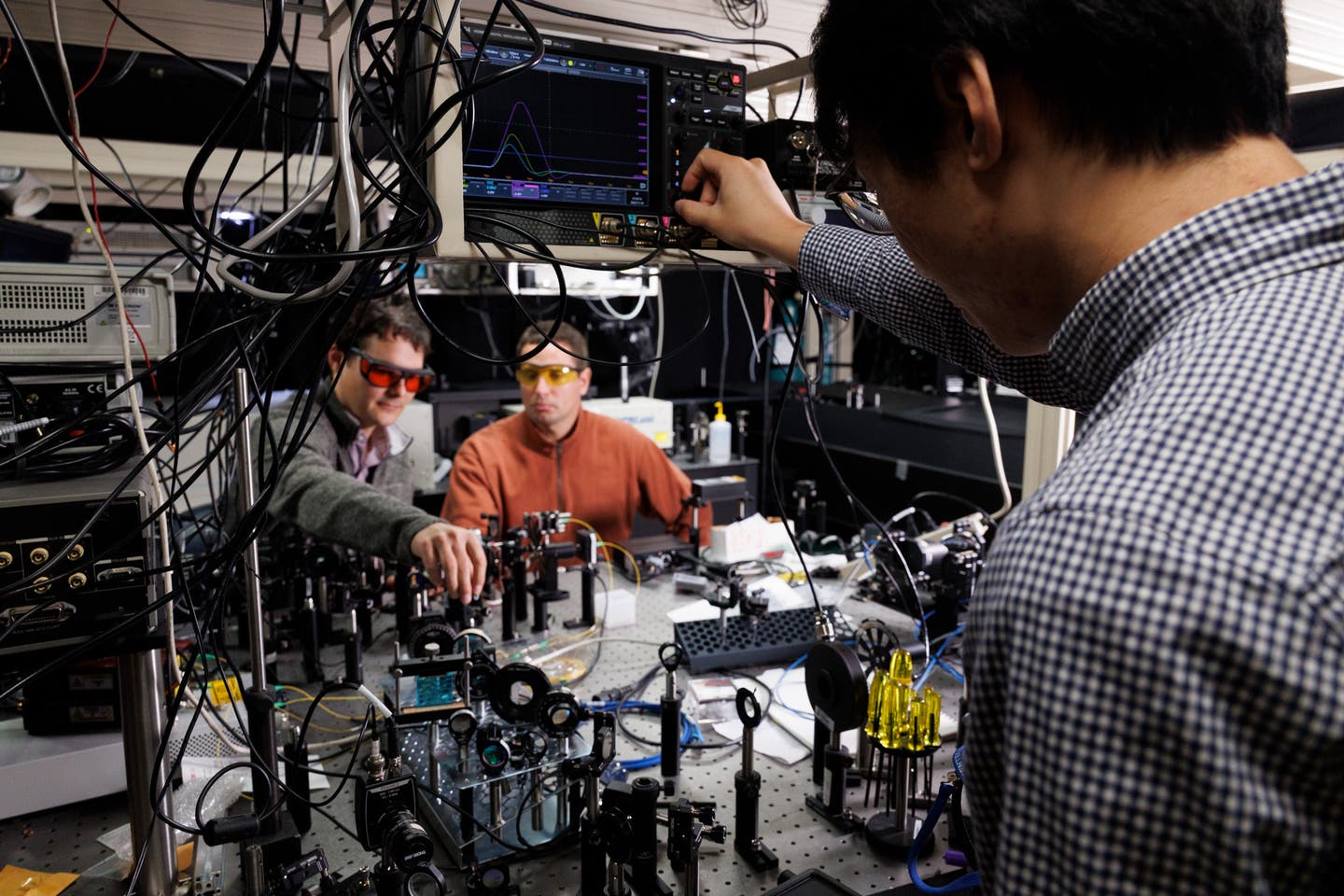CRISPR helps scientists identify key genes in the development of Parkinson’s disease
A new study reveals hidden genetic factors that explain why some people with Parkinson’s-linked genes develop the disease and others do not.

Scientists use CRISPR to uncover why some with risky genes get Parkinson’s while others stay healthy. (CREDIT: CC BY-SA 4.0)
For decades, researchers have wondered why some people with risky gene variants go on to develop Parkinson’s disease, while others do not. A new study may have just provided the most detailed answer yet.
Scientists used advanced tools to search every gene in the human genome and identified key players that influence the disease. These discoveries offer fresh hope for new treatments and a better understanding of one of the world’s most common brain disorders.
Over 10 million people worldwide are living with Parkinson’s, a condition that affects movement and worsens over time. Though it's the second most common neurodegenerative disease after Alzheimer’s, many of its causes remain poorly understood. That might soon change.
Most known genetic risks for Parkinson’s revolve around a gene called GBA1. Variants in this gene reduce the activity of an enzyme called glucocerebrosidase (GCase), which helps break down waste in cells. When GCase doesn't work well, waste builds up inside brain cells, harming them over time. But not everyone with a faulty GBA1 gene develops Parkinson’s. This suggested something else must also be involved.
To figure it out, researchers at Northwestern Medicine used CRISPR interference (CRISPRi). This tool allows scientists to turn off one gene at a time and see what happens. Using this method, they screened every gene in the human genome to see which ones affect GCase function. The study was published in the journal Science on April 10.
One of the top discoveries was a group of 16 proteins known as the Commander complex. These proteins help move important materials to the lysosome—the cell’s recycling center. The lysosome breaks down old or damaged parts of the cell. Without this cleanup system, cells become unhealthy and eventually die. The study showed that when Commander proteins don’t work properly, GCase can't reach the lysosome, causing it to malfunction.
Dr. Dimitri Krainc, the study’s senior author, explained, "A combination of genetic factors plays a role in the manifestation of diseases like Parkinson’s. That means new treatments will likely need to target more than one gene or pathway."
Related Stories
The scientists focused on how COMMD3, a key Commander protein, affects the lysosome. When this gene was removed from cells, GCase levels dropped by 50% or more. This was true in human cell lines and in stem-cell-derived brain cells, including neurons and microglia.
To confirm the role of COMMD3, researchers reintroduced the gene into cells. This restored normal GCase function and fixed lysosomal issues. They also found that COMMD3 loss disrupted other Commander proteins, like COMMD1 and CCDC22, showing that the whole complex must work together.
Using data from large health databases such as the UK Biobank and AMP-PD, the team discovered that people with rare loss-of-function mutations in Commander genes were more likely to have Parkinson’s. "This suggests that loss-of-function variants in these genes increase Parkinson's disease risk," said Dr. Krainc.
This work helps explain why some people with the same GBA1 mutation get sick while others stay healthy. It appears that when GBA1 mutations are paired with Commander gene defects, the risk goes up significantly.
Lysosomes are like the stomachs of cells, breaking down waste and keeping everything running smoothly. When they fail, toxic materials build up and contribute to diseases like Parkinson’s, Alzheimer’s, and others.
In this study published in the journal Science, researchers showed that COMMD3 knockout cells had serious issues delivering key proteins to the lysosome. They looked normal on the surface. Under the microscope, all the right structures were there. But the delivery system that transports enzymes like GCase and cathepsin B into the lysosome was broken. In fact, in these dysfunctional cells, lysosomes contained 30 to 40% less of the proteins they needed.
A chemical test confirmed that these cells were worse at breaking down waste. Even though their acidity (important for breaking things down) was unchanged, their ability to degrade materials was reduced.
This strongly suggests that Commander proteins help transport enzymes into lysosomes, not make the enzymes themselves. When this transport system is disrupted, it creates a bottleneck that leads to cell stress and damage.
The team also explored whether certain drugs could restore lysosomal function. In cells with low GCase activity, two inhibitors—Linsitinib and IT-603—boosted the enzyme’s function by up to 50%. This is a promising step, hinting that new medications could improve lysosomal function by targeting the pathways identified in this study.
"Drugs that target Commander could hold broader therapeutic potential for treating disorders with lysosomal dysfunction," said Dr. Krainc. He added that such drugs might even be combined with current treatments that aim to boost GCase activity for a more powerful effect.
Parkinson’s is not the only disease linked to problems with lysosomes. The team believes this discovery could eventually help people with other conditions involving lysosomal dysfunction, including some rare genetic diseases.
This is just the beginning. The study included additional hits beyond COMMD3, such as RAB7A and VPS41, which also affect how the lysosome works. Further research will be needed to map out the full network and test how these genes interact in living organisms. But for now, this new map of lysosomal regulators could open the door to a new class of therapies for one of the world’s most challenging brain diseases.
As Dr. Krainc put it, "Instead of studying thousands of people, we used a CRISPR screen to silence each human gene and found those important for PD."
This new strategy could save years of trial-and-error and speed up the search for effective treatments. And for millions of patients and families affected by Parkinson’s, that progress can't come soon enough.
Note: The article above provided above by The Brighter Side of News.
Like these kind of feel good stories? Get The Brighter Side of News' newsletter.



